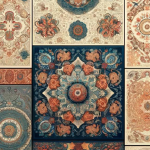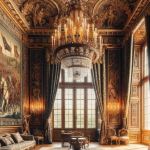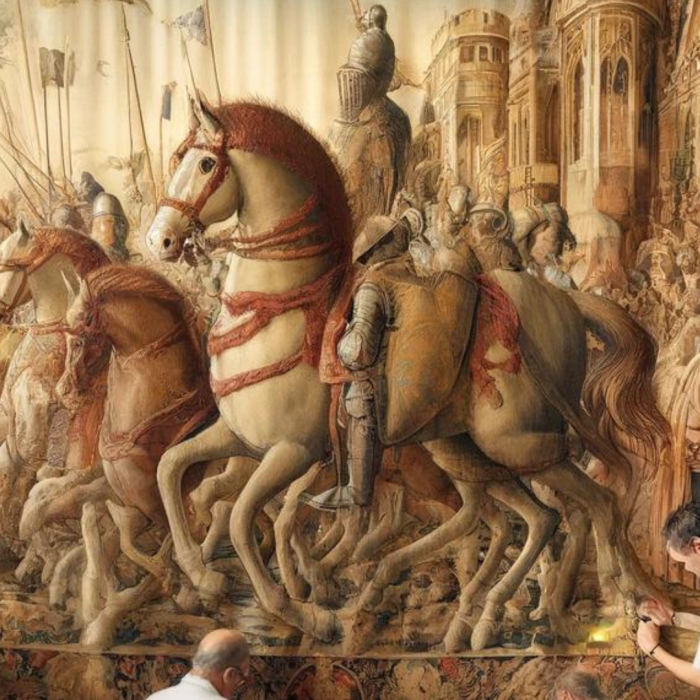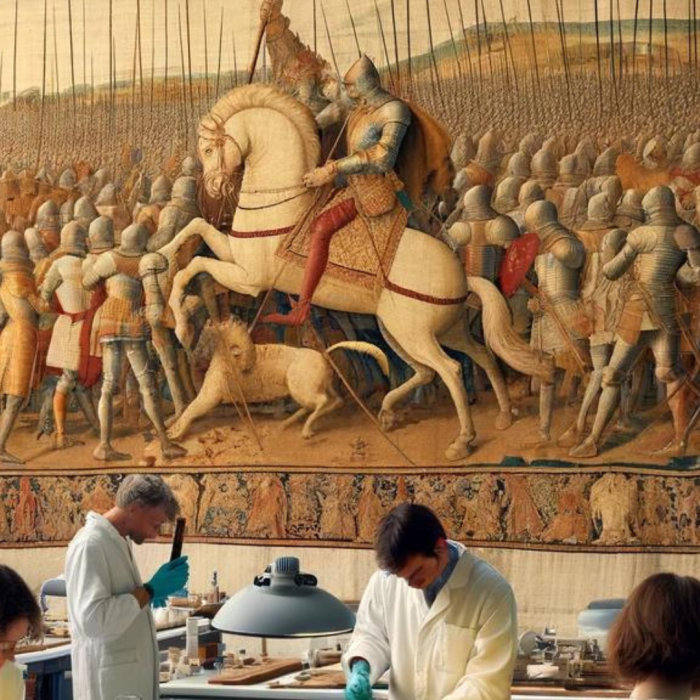The Business of Selling and Buying Tapestries
In the intricate world of art and décor, tapestries hold a unique place, weaving together threads of history, craftsmanship, and commerce. Traditionally, these elaborate textile artworks have adorned the walls of castles and homes, telling stories, showcasing wealth, and adding warmth and color to living spaces. Tapestries are not merely decorative items; they are pieces of art that carry the legacy of centuries-old techniques and cultural narratives. Beyond their aesthetic value, tapestries also emerge as significant items of commerce, bridging the past with the present, and the artistic with the commercial.
The art of tapestry making, with its roots deep in history, has traversed through centuries as a revered craft. In today’s market, tapestries have found a new lease on life, experiencing a remarkable resurgence. This renewed interest is not only among collectors and enthusiasts of antique textiles but also within contemporary decor trends. Modern designers and homeowners alike are now turning to tapestries to bring a sense of richness, texture, and history into their spaces. The blend of traditional techniques with contemporary designs has breathed new life into this art form, making it more accessible and appealing to a broader audience.
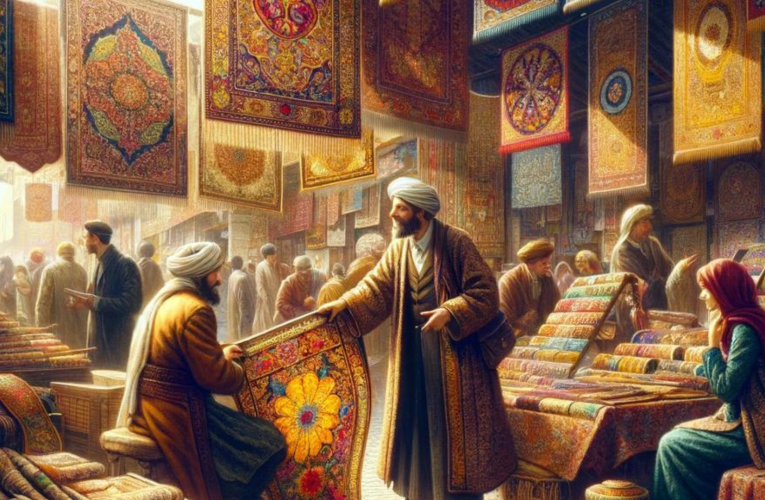
Moreover, tapestries are increasingly being recognized as collectible items, akin to works of art like paintings or sculptures. This perspective shift is due in part to the craftsmanship and detail involved in their creation, which can rival that of any other art form. Collectors are drawn to the depth and dimensionality that tapestries bring, along with the stories they tell and the history they embody. As a result, both vintage and modern tapestries are finding their way into auction houses and galleries, fetching impressive sums and further cementing their status as valuable assets in the art and decor market.
The business of selling and buying tapestries is thus a multifaceted one, encompassing the realms of art, history, interior design, and investment. As we delve deeper into this topic, we’ll explore the nuances of the tapestry market, offering insights for both sellers and buyers. From the traditional craftsmanship that goes into making these pieces to the modern platforms that facilitate their sale and purchase, tapestries represent a confluence of artistry and commerce. Whether you’re an aficionado of antique textiles, a collector looking for the next great piece, or a designer seeking to add depth to your spaces, the world of tapestries offers a rich field to explore.
The Historical Significance of Tapestries
Tapestries have long been revered not just as decorative art forms but also as historical documents that weave together the threads of human civilization, culture, and craftsmanship. This section delves into the rich tapestry of history itself, exploring how these intricate works have served as symbols of wealth, power, and storytelling mediums through the ages.
Overview of Tapestries in History as Symbols of Wealth and Storytelling Mediums
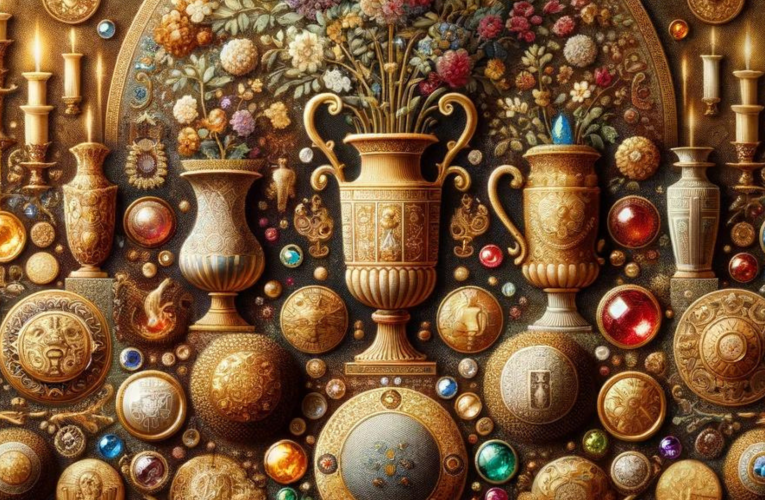
Historically, tapestries were more than just wall decorations. They were a form of status symbol for the nobility and the affluent, showcasing their wealth and cultural sophistication. The labor-intensive and time-consuming process of tapestry weaving, combined with the cost of materials such as silk, gold, and silver threads, made them luxury items accessible only to the wealthiest in society. Beyond their aesthetic appeal, tapestries served practical purposes, such as insulation in large stone castles and delineating spaces in grand halls.
Tapestries were also storytelling mediums, depicting narratives from religious scriptures, mythology, historical events, and the everyday life of different epochs. They provided a visual narrative that transcended language barriers, making stories accessible to an audience that was, in the majority, illiterate during the medieval times. The famous Bayeux Tapestry, for example, offers a pictorial chronicle of the 1066 Norman conquest of England, providing valuable insights into the attire, architecture, and armaments of the period.
The Evolution of Tapestry Art from Medieval Times to the Present
The journey of tapestry art from the Middle Ages to contemporary times is a testament to the adaptability and enduring appeal of this medium. In the medieval era, tapestries were predominantly religious or mythological in content, reflecting the prevailing beliefs and values of the time. The Renaissance brought a shift towards classical themes, with artists like Raphael designing tapestries that mirrored the period’s revival of Greco-Roman culture.
The 17th and 18th centuries saw tapestries reach their zenith in Europe, particularly in France, where the Gobelins Manufactory produced works that were unrivaled in their intricacy and beauty. However, the advent of the Industrial Revolution and the development of mechanized weaving techniques led to a decline in handwoven tapestries, as machine-made fabrics became more accessible.
The 20th century witnessed a resurgence of interest in tapestry as a form of artistic expression, with modern artists embracing the medium to explore contemporary themes and experiment with new materials and techniques. This period saw the rise of individual tapestry artists rather than workshop-based productions, allowing for more personal and innovative expressions in the medium.
Today, tapestries continue to evolve, with artists and craftsmen blending traditional techniques with modern aesthetics to create works that resonate with today’s audiences. The digital age has also introduced new ways of creating and experiencing tapestries, from digital weaving to virtual exhibitions, ensuring that the ancient art of tapestry weaving continues to be a vibrant and dynamic form of artistic and cultural expression.
The historical journey of tapestries highlights their enduring significance as objects of beauty, cultural artifacts, and storytelling mediums. From their origins as symbols of wealth and power to their role in contemporary art, tapestries remain a testament to human creativity and the desire to capture the essence of our existence in woven form.
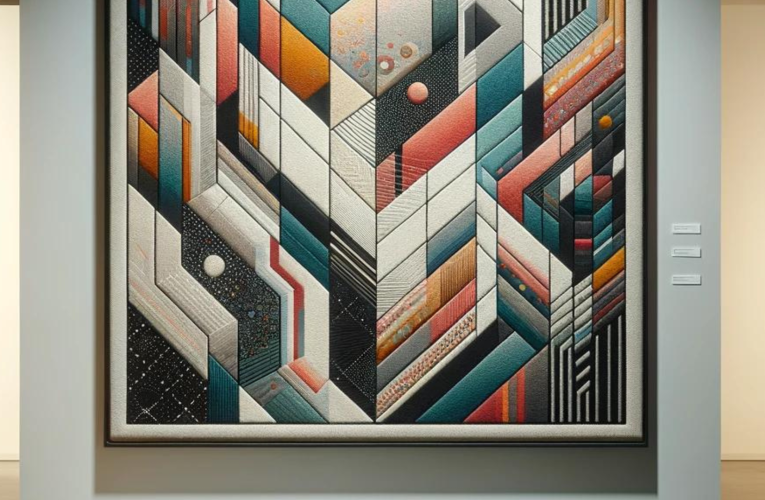
The Modern Tapestry Market
The tapestry market has undergone a significant transformation in recent years, spurred by evolving consumer preferences, technological advancements, and the global reach of digital platforms. This section delves into the current trends in tapestry buying and selling, highlighting the critical role of digital platforms and social media in reshaping the market landscape.
Analysis of Current Trends in Tapestry Buying and Selling
Tapestries, with their rich historical significance and aesthetic appeal, have seen a resurgence in popularity as both art pieces and interior decor elements. Modern consumers appreciate tapestries for their ability to add texture, color, and warmth to a space, making them a favored choice among interior designers and homeowners alike. Furthermore, the global art market has witnessed a renewed interest in textile art, with tapestries featuring prominently in collections and exhibitions.
One notable trend is the increasing demand for contemporary tapestries that blend traditional techniques with modern designs. Artists and weavers are experimenting with new materials and themes, making tapestries more relevant and appealing to a younger demographic. This has led to a diversification in the tapestry market, with a wide range of styles, sizes, and price points available to suit various tastes and budgets.
Collectors and investors are also turning their attention to tapestries as unique and valuable assets. Historical and rare tapestries continue to fetch high prices at auctions, but there’s also a growing market for limited edition and bespoke pieces by renowned contemporary artists. This dual interest in both antique and modern tapestries underscores the market’s dynamic and evolving nature.
The Role of Digital Platforms and Social Media in the Tapestry Market
Digital platforms have dramatically expanded the reach and accessibility of the tapestry market. Online marketplaces, art websites, and social media platforms are crucial for artists, galleries, and sellers to showcase their work to a global audience. These digital channels have made it easier for buyers to discover, research, and purchase tapestries, breaking down geographical barriers and opening up the market to a wider audience.
Social media, in particular, has become an invaluable tool for marketing and sales. Artists and sellers use platforms like Instagram, Pinterest, and Facebook to display their tapestries, tell their stories, and engage directly with potential buyers. The visual nature of these platforms makes them ideal for showcasing the intricate details and vibrant colors of tapestry art, generating interest and driving sales.
Moreover, digital platforms offer resources and tools for authentication, valuation, and provenance verification, which are critical for buyers and collectors. Online forums and communities provide spaces for enthusiasts to share knowledge, discuss trends, and offer advice, further enriching the tapestry market ecosystem.
The modern tapestry market is characterized by a blend of tradition and innovation, where historical appreciation meets contemporary design. The advent of digital platforms and social media has revolutionized how tapestries are bought and sold, making it an exciting time for both creators and collectors. As the market continues to evolve, tapestries will undoubtedly remain a cherished form of art and decoration, bridging the past with the present and future.

For Sellers: Strategies and Best Practices
Creating High-Quality Tapestries
Craftsmanship, materials, and adherence to design trends are paramount in creating tapestries that stand out. Use high-grade fibers like silk, wool, or cotton to ensure durability and vibrant color retention. Incorporating both traditional and contemporary design trends can appeal to a broad audience. Stay updated with art and design trends by attending workshops, exhibitions, and engaging with online art communities.
Pricing Strategies
The value of tapestry is influenced by its size, the complexity of its design, the materials used, and the time invested in its creation. Research the market to understand the pricing of tapestries similar to yours. Don’t undervalue your work—consider the artistic value, historical significance (if applicable), and the craftsmanship involved. Pricing should also reflect the piece’s uniqueness and potential as a collector’s item.
Marketing and Sales Channels
Diversify your sales and marketing channels to maximize visibility and revenue. Online marketplaces dedicated to art and handmade goods, social media platforms, art fairs, and galleries are effective channels. Develop a strong online presence; a professional website and active social media accounts can significantly enhance your reach. Engaging storytelling about your tapestries’ creation process can captivate potential buyers.
Engaging with Your Audience
Building a strong brand and a loyal customer base requires consistent engagement. Share your creative process, the stories behind your tapestries, and customer testimonials to create a connection with your audience. Provide exceptional after-sales service, including care instructions and personalized notes, to enhance customer satisfaction and encourage word-of-mouth referrals.
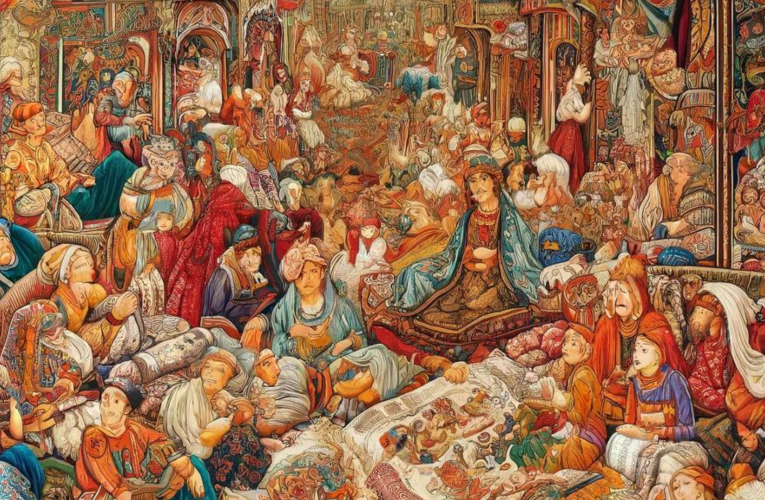
For Buyers: Navigating the Tapestry Market
Identifying Quality and Authenticity
Quality tapestries boast even, tight weaving and high-quality materials. Authenticity can be gauged through provenance, artist signatures, and certificates of authenticity for contemporary pieces. Historical tapestries may require verification from an expert.
Where to Buy
Each venue has its advantages: online marketplaces offer convenience and variety; auctions may present the opportunity to acquire rare pieces; galleries provide a curated selection with expert advice; purchasing directly from artists supports the creators and may offer more insight into the tapestry’s background. Consider your preferences, the reliability of the source, and the level of customer protection offered.
Investing in Tapestries
Tapestries can be a lucrative investment if chosen wisely. Look for pieces with historical significance, by renowned artists, or with unique artistic value. The condition of the tapestry and its provenance also significantly affect its investment potential. Consult with art advisors or auction houses to make informed decisions.
Care and Maintenance
Proper care ensures the longevity and preservation of tapestry art. Avoid direct sunlight, maintain a stable humidity level, and clean dust gently with a soft brush. For deeper cleaning or restoration, consult with professionals experienced in textile art.
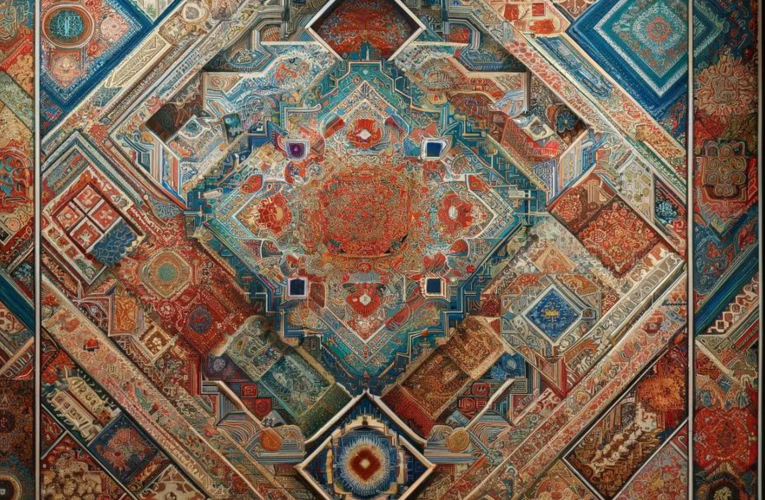
The Role of Technology in Tapestry Art
Impact of Digital Tools
Digital weaving looms, design software, and high-resolution printing have revolutionized tapestry production, allowing for intricate designs and personalization. Artists can experiment with a wider range of textures, colors, and techniques more efficiently than ever before.
Online Archives and Databases
Digital archives and databases are invaluable for researching tapestry art, understanding its valuation, and verifying authenticity. These platforms offer access to a wealth of historical and contemporary tapestry records, providing a solid foundation for both appreciation and investment.
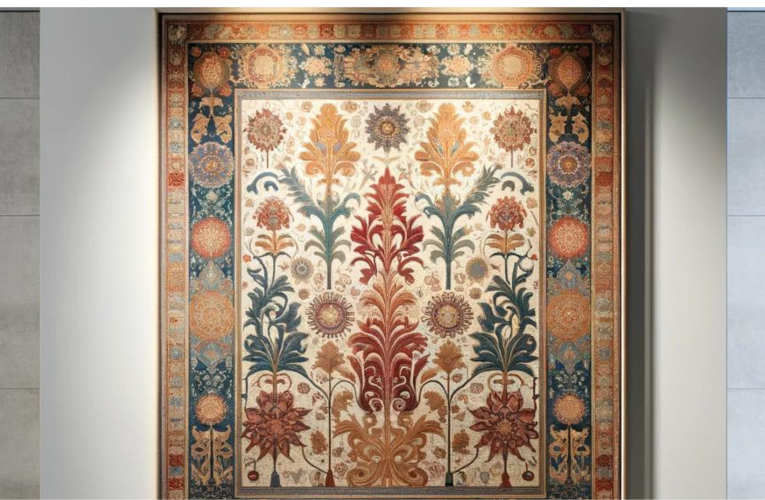
Legal and Ethical Considerations
Copyright and Reproduction Rights
Understanding the legal framework is crucial for both creators and collectors. Artists must ensure they have the rights to the designs they use, while buyers should be aware of the copyright status of a tapestry, especially when considering reproductions.
Ethical Considerations
Ethical considerations encompass fair labor practices, sustainability in materials used, and the cultural sensitivity of designs. Both buyers and sellers should be conscientious of these aspects to promote a responsible tapestry market.
Navigating the business of selling and buying tapestries with an informed perspective can enhance the experience for both parties, ensuring the preservation, appreciation, and ethical circulation of these exquisite pieces of art.

